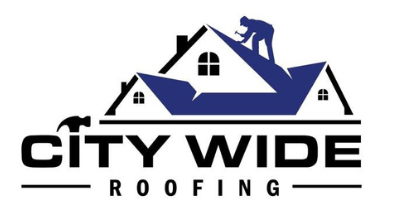A new roof installation is never enjoyable. In addition to being time-consuming and frustrating, it may also be expensive.
The process should be minimized as much as possible. However, that doesn’t stop you from fretting about how frequently your roof will actually need to be replaced. especially if you’ve had negative past experiences.
The staff at Citywide Roofing has assisting homeowners in determining how frequently and when their roof will need to be replaced. For you, we now want to do the same.
We’ll start this article by explaining when and how frequently you should replace your roof. The lifespans of the five most common roofing materials are then provided so you can determine when to replace them.
Architectural asphalt shingles are the most widely used roofing material in Sacramento and Oakland. If everything is installed properly, you should begin planning for a roof replacement around the 22-year mark.
In other circumstances, such as those involving storm damage or an early roof failure, you’ll need one sooner. However, for the majority of homeowners, a roof has to be replaced when it is almost completely worn out.
Additional Elements That Impact Roof Lifespan
The longevity of your roof is influenced by elements like upkeep and weather in addition to the material it is constructed of. For instance, some climatic conditions may make it simpler for wood shingles to mildew or break. Even hardy metal roofs may eventually experience sealant degradation.
Additionally, asphalt shingles are quite light and may break free more frequently in areas that experience frequent strong winds. Additionally, trees or tree limbs might be damaged when they are blown onto the roof in windy places with dense vegetation.
Additionally, if such damage isn’t repaired right away, it quickly grows worse. A little break might allow moisture to seep into the roofing material. When the temperature changes, it expands and contracts there, enlarging the fracture.
External roof damage
There are also evident indications of roof damage from the outside. The most obvious ones are shingles that are cracked, rotting, missing, or otherwise damaged.
Additionally, examine for any odd-looking spots on your roofing. Roofs are intended to seem pleasant, tidy, and consistent.
If one area seems a little off, a bad patch job by an unstable roofer may be the cause. Call for help since shoddy repairs might cause more damage than good.
If you can’t safely inspect your roof’s exterior, look at the ground and gutters surrounding your house. You’ll often notice fragments of your broken shingles in the gutters and on the ground. Additionally, you should search these for debris that appears.


